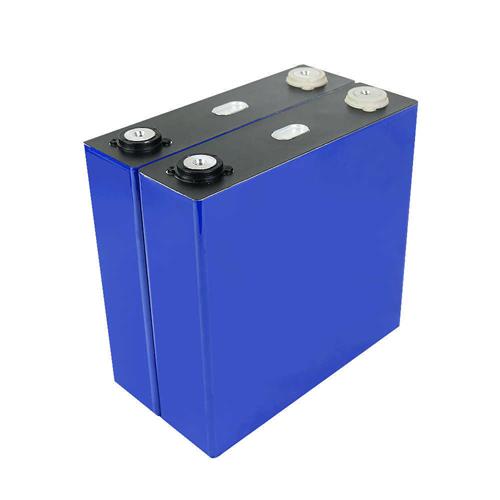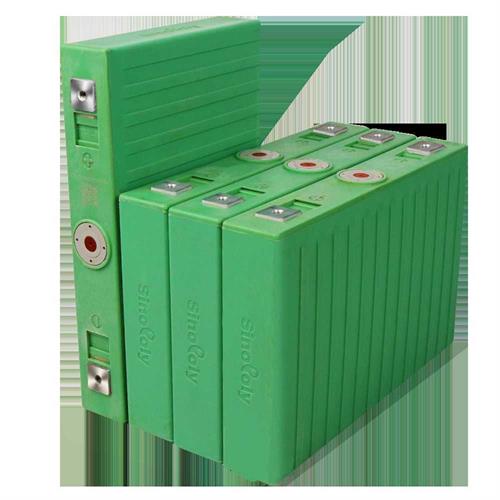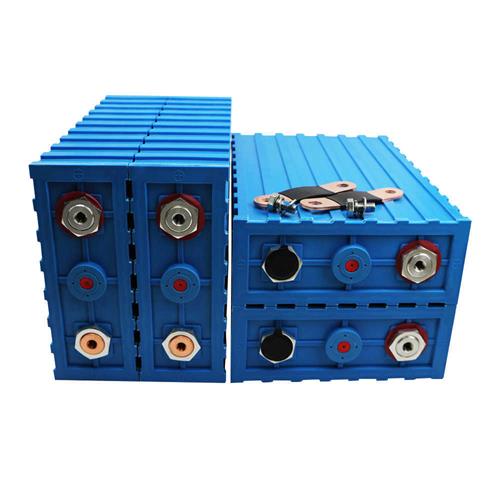The Impact of LiFePO4 Battery Compression on Life and Performance
The Impact of LiFePO4 Battery Compression on Life and Performance
Introduction to LiFePO4 Batteries
LiFePO4 (Lithium Iron Phosphate) batteries are gaining popularity due to their stability, safety, and long cycle life. As the demand for energy storage solutions continues to rise, understanding the factors that affect the performance and longevity of these batteries is crucial. One such factor is the compression applied to LiFePO4 cells during battery assembly and operation.

The Role of Compression in Battery Life
Compression plays a significant role in the mechanical integrity and overall performance of LiFePO4 batteries. When batteries are compressed adequately, it can enhance the physical connection between the electrodes and the electrolyte. This intimate contact allows for improved ionic conductivity, thereby facilitating better charge and discharge efficiency. However, excessive compression can lead to mechanical stress, which may cause micro-cracking in the electrode material, ultimately reducing the battery's lifespan.
Effect on Thermal Management
Another critical aspect impacted by compression is thermal management. LiFePO4 batteries operate effectively within a specific temperature range. Proper compression helps ensure uniform thermal distribution throughout the battery pack. This uniformity is vital as temperature variations can lead to hotspots, causing uneven aging of the cells. Maintaining optimal temperature through appropriate compression can improve cycle life and performance by enhancing the thermal conductivity within the battery structure.
Capacity and Performance Under Compression
Capacity preservation is a primary concern for any battery technology. The relationship between compression and capacity in LiFePO4 batteries is intricate. While a certain amount of compression can increase performance, too much pressure can compress the active material excessively, leading to reduced capacity. This situation often results in diminished energy storage capabilities and a faster rate of capacity fade. Striking the right balance is essential to ensure that the battery not only operates efficiently but also retains a substantial amount of its initial capacity over time.

Compression Techniques and Innovations
With advancements in battery technology, various compression techniques have been developed to optimize the performance of LiFePO4 batteries. Innovations such as controlled assembly pressures, smart compression molds, and adaptive force applications allow manufacturers to tailor the compression levels for specific battery designs. These techniques help achieve the delicate balance between increased efficiency and maintaining material integrity, leading to enhanced overall battery performance.
Conclusion
The impact of battery compression on the life and performance of LiFePO4 batteries cannot be understated. Effective compression not only enhances ionic conductivity and thermal management but also plays a pivotal role in maintaining capacity over cycles. As the industry continues to evolve, understanding and implementing the right compression techniques will be vital for maximizing the potential of LiFePO4 batteries and advancing energy storage technologies. Moving forward, the integration of innovative approaches in battery design will ensure that these powerful energy sources are utilized to their full potential, contributing to a more sustainable future.

